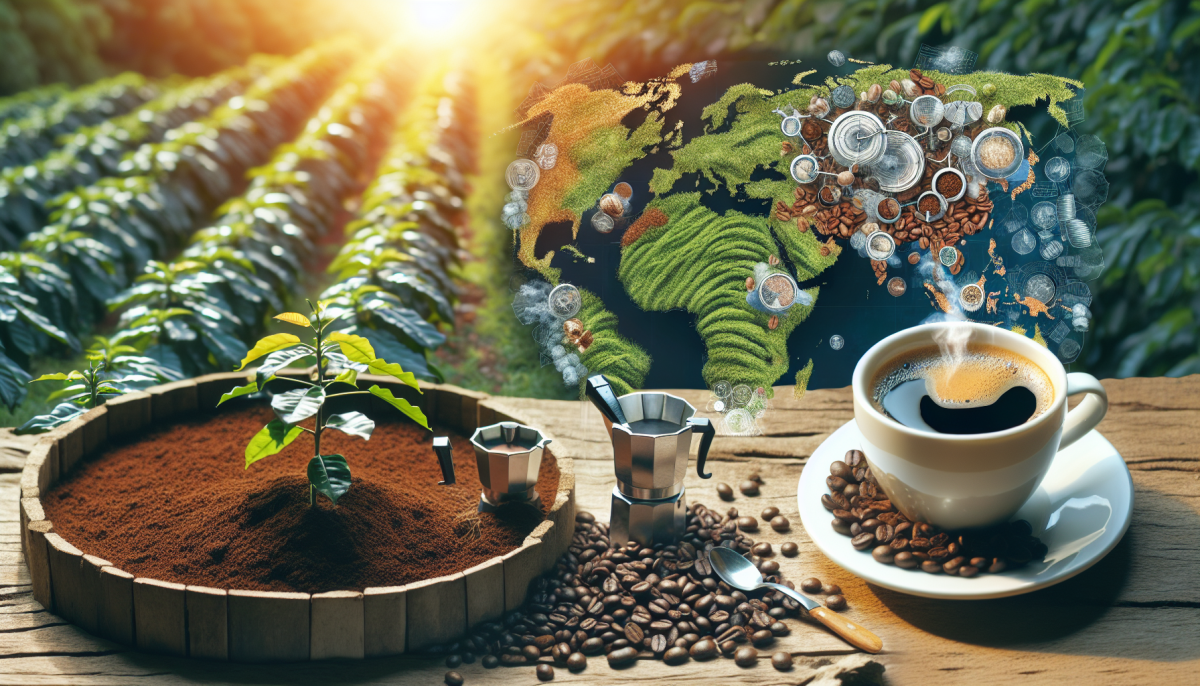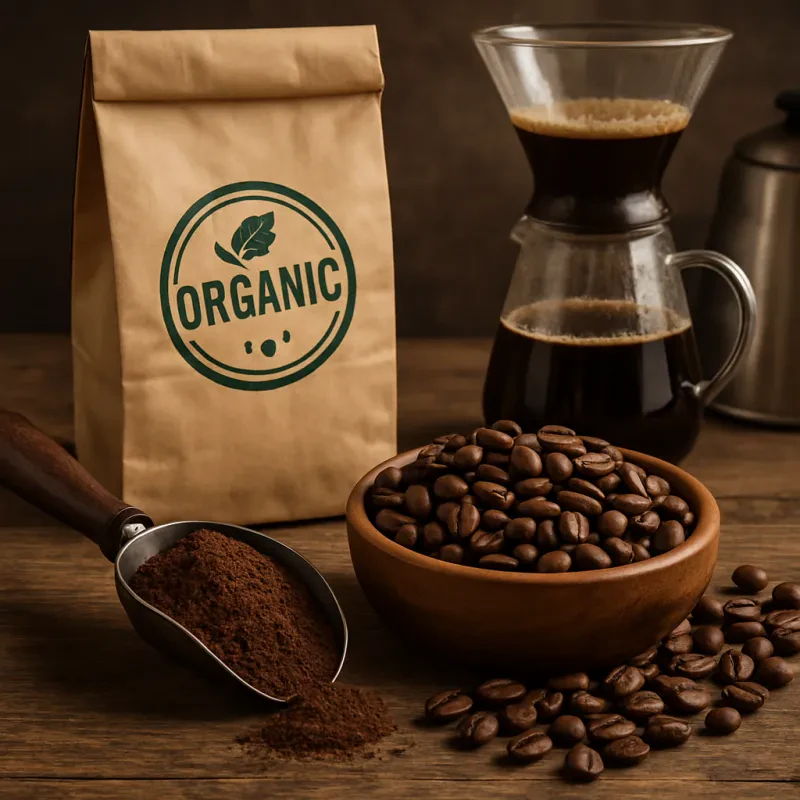Have you ever wondered where coffee comes from? Its story kicks off in the hills of Ethiopia, where they discovered coffee beans growing in the wild. Legend has it that a goat herder named Kaldi noticed his goats dancing around after munching on some berries. Intrigued, he tried some himself and experienced a burst of energy. That’s when the magic of coffee began!
From Ethiopia, coffee made its way to the Arabian Peninsula. By the 15th century, it was being cultivated in Yemen and enjoyed in coffee houses called “qahveh khaneh.” These spots became social hubs, where people gathered to chat, share ideas, and enjoy their favorite brew. Sounds familiar, right?
As coffee’s popularity grew, it traveled across the globe. In the 17th century, it finally reached Europe. Coffee houses sprang up in major cities, becoming the go-to places for discussions about politics, business, and art. These coffee houses played a huge role in shaping society, fueling creativity and sparking revolutions.
By the time coffee made its way to the Americas, it was a global sensation. Plantations popped up, and coffee became a key part of many cultures. Today, it’s not just a drink; it’s a ritual for so many people surrounding their mornings and social gatherings. The journey of coffee has truly shaped the world, all starting from a curious goat herder and some lively goats!
How Coffee Changed the World
Coffee has been more than just a morning pick-me-up; it’s a drink that has shaped cultures and sparked movements. From its humble origins in Ethiopia to coffee houses buzzing with conversation in Europe, this beverage has played a big role in society throughout history.
In the 16th century, coffee reached the Middle East, and it quickly became a popular social drink. People gathered in coffee houses, sharing ideas and debating everything from politics to philosophy. These places were like the original cafes, where conversations brewed alongside the coffee. It was here that some of the world’s greatest minds, like Voltaire and Rousseau, tapped into their creativity.
Fast forward to the Age of Enlightenment, and coffee was fueling intellectual revolutions. The drink became a symbol of a more open-minded society. Instead of just enjoying music or wine, people started engaging in discussions that led to significant social changes and advancements. It helped birth movements that championed democratic ideas and rights. Who knew a beverage could be an inspiration for change?
Even today, coffee drives economies and communities. It’s a lifeline for millions of farmers around the world. The global demand for coffee means that many rely on it for their livelihoods. Plus, coffee has sparked innovations like fair trade and organic farming, pushing for better practices in production. So, every cup of coffee you enjoy connects you to a vibrant community and an ongoing legacy of change.
Coffee Culture Around the Globe
Every country has its own unique way of enjoying coffee, and that’s what makes coffee culture so fascinating. Let's take a quick trip around the globe to see how different people brew and sip their favorite drink.
In Italy, coffee isn’t just a drink—it’s a ritual. You’ll find espresso served in tiny cups, and enjoying it at the bar is a must. Italians often take their coffee standing up, chatting with friends or baristas as they savor every sip. You’ll rarely see them ordering a large flavored latte. They stick to the classics, and each cup packs a punch!
Head over to Australia, and you’ll discover a vibrant coffee scene that emphasizes high-quality beans and creative brewing methods. The flat white reigns supreme here, blending espresso with velvety microfoam. Coffee shops are all about community, often buzzing with friendly chatter. It feels more like a hangout spot than just a place to grab a quick cup.
Now let’s talk about Ethiopia, where coffee has deep roots. Known as the birthplace of coffee, Ethiopians take the brewing process to heart. The traditional coffee ceremony involves roasting the beans right in front of you, then brewing in a special pot called a jebena. It’s an experience filled with warmth, storytelling, and plenty of delicious sips!
In Japan, coffee takes on an artistic flair. Pour-over coffee is popular, and baristas often turn brewing into a performance. With precise techniques and attention to detail, Japanese coffee enthusiasts enjoy every step of the process. The result? A cup that’s not just good but an experience in itself!
The Future of Coffee Production
Technology is also shaking things up in the coffee world. New tools and apps help farmers monitor their crops more effectively. Things like soil sensors and weather forecasting tech mean they can catch problems early, improving quality and yields. Plus, direct trade models are gaining traction, letting farmers sell straight to roasters. This not only boosts their income but also creates a closer connection between the beans and the people who love them.
Then there are innovative coffee-growing techniques, like agroforestry, where coffee plants thrive alongside other plants and trees. This not only helps with flavor but also supports the ecosystem. Imagine sipping a cup of coffee that improved the environment while also supporting farmers. That's the future!
Consumers play a huge role too. As coffee lovers, you’re asking for transparency and ethical sourcing. Brands that respond to this demand will thrive. The way you drink coffee is evolving, and it’s about finding those options that align with your values. Keep an eye out for specialties that focus on fair trade or organic beans to make your cup even more meaningful.



